- 🇩🇪 Deutsch
- 🇬🇧 English
- 🇪🇸 Español
- 🇫🇷 Français
- 🇮🇹 Italiano
- 🇵🇹 Português
- 🇨🇳 中文
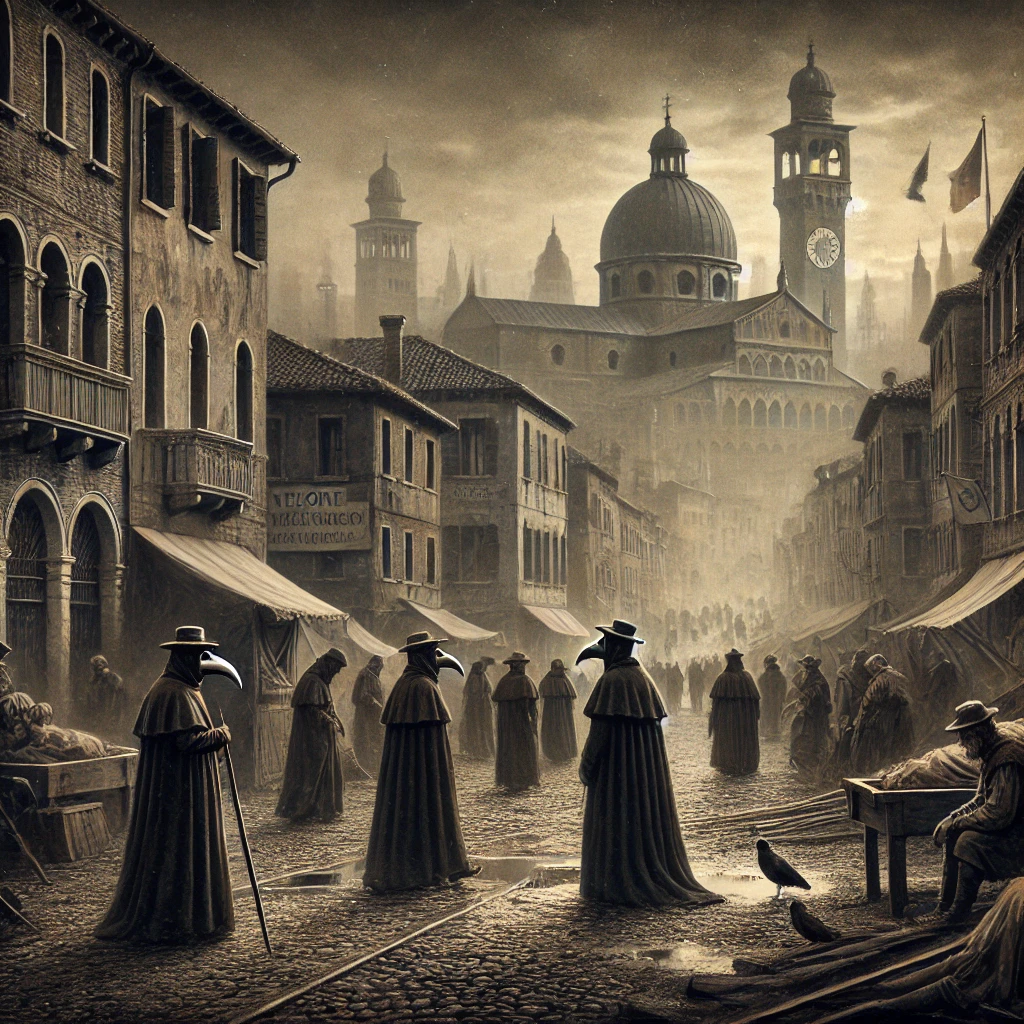
The Great Plague: How Did Padua Face Its Darkest Threat?
Uncovering the Bold Actions That Helped a City Survive
The Plague Sweeps Through Padua
Northern Italy's Deadliest Enemy Arrives
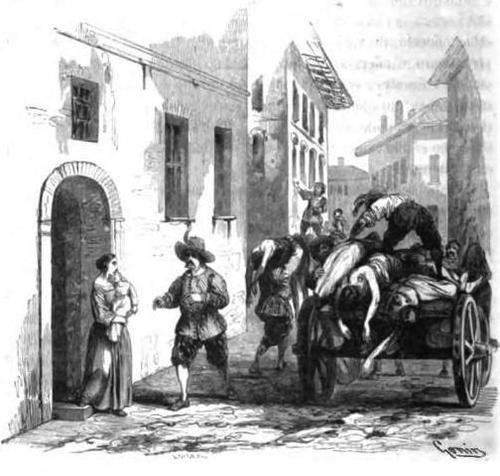
It's 1630, and northern Italy is facing one of its darkest moments—the Great Plague. Bubonic plague ripped through the region, wiping out over a million people from a population of just 4 million. Padua wasn't spared. The once-bustling city turned into a ghost town as people locked themselves indoors, hoping to escape the deadly disease that seemed to strike at random. Fear was thick in the air, and the city seemed on the edge of collapse. Something had to be done, and fast.
The Man with a Plan: Vallaresso's Smart Fight Against the Plague
Quarantines, Isolation, and Keeping the City Alive
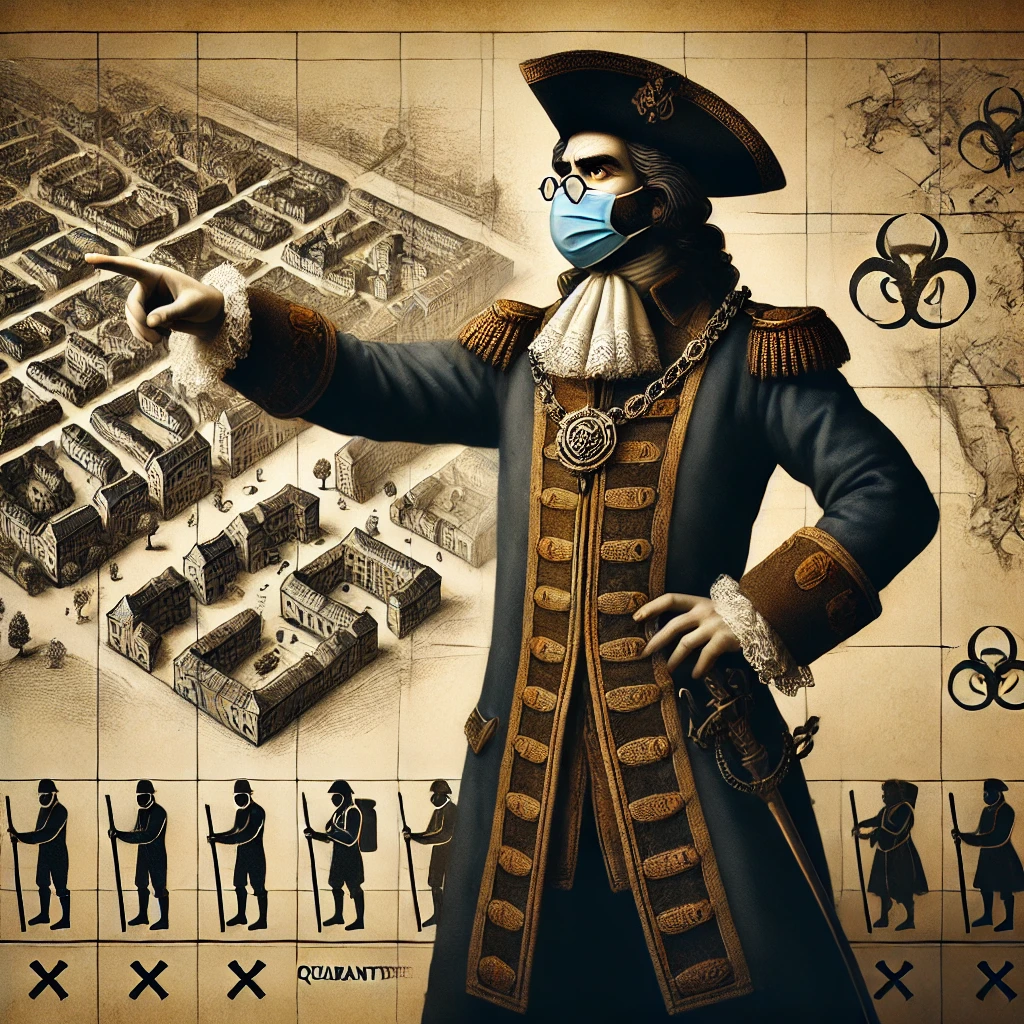
Padua's hero came in the form of Alvise Vallaresso, a Venetian captain who wasn't afraid to make tough calls. His plan? Strict quarantines, isolating the sick, and setting up burial grounds far outside the city to avoid contamination. Sound familiar? It's basically the 1600s version of lockdowns and social distancing. Anyone showing signs of illness was isolated immediately, and large areas of the city were shut down. The sick stayed away, the dead were kept even farther, and life in Padua, though tough, was being held together by these measures.
Staying One Step Ahead
A Strategy That Saved a City
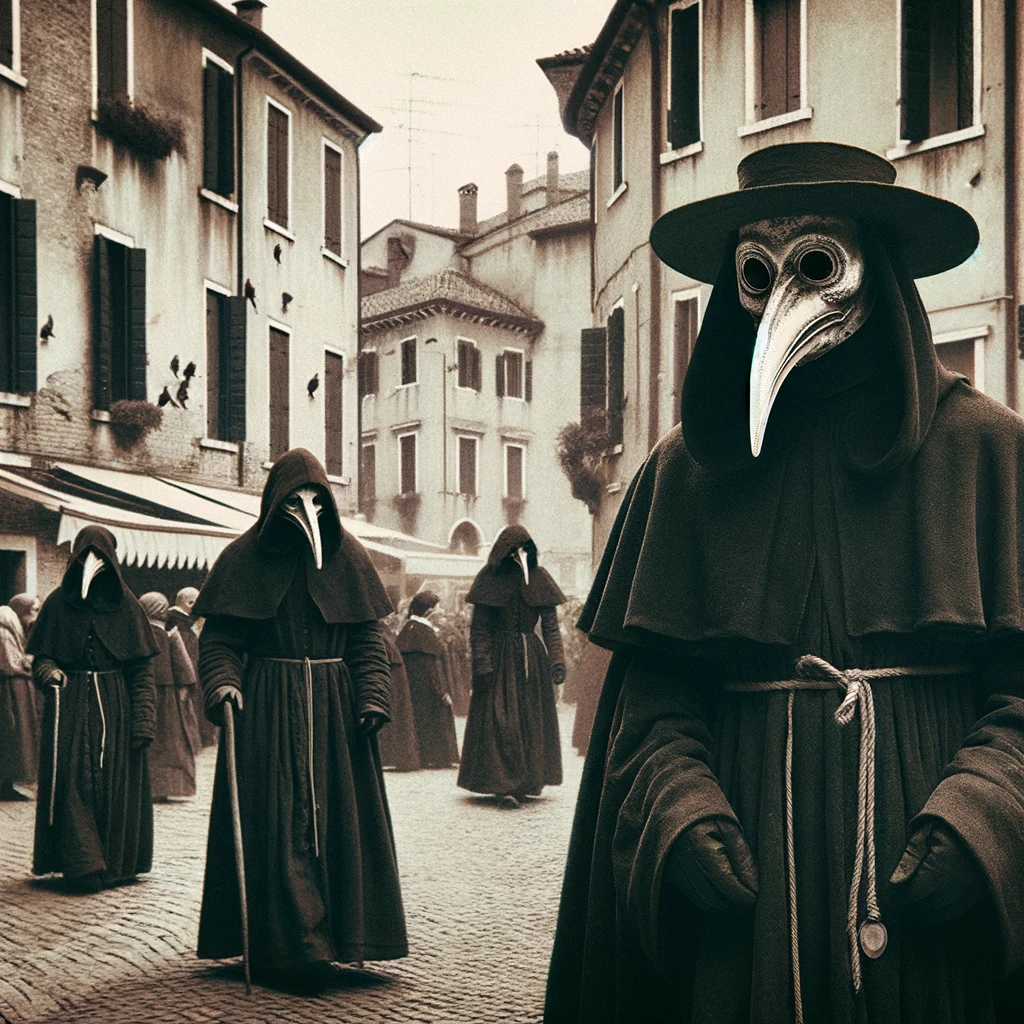
Vallaresso's approach wasn't just about survival; it was about staying one step ahead of the plague, cutting off its spread before it could reach more victims. The eerie plague doctors with their beaked masks made their rounds, but Vallaresso's strategic actions were the real heroes in keeping Padua from crumbling. His tactics were a blend of strict order and resilience, keeping the city going through some of its darkest hours. It wasn't just reactive—it was proactive, and it worked.
Padua's Triumph Over Tragedy
A Monument to Remember
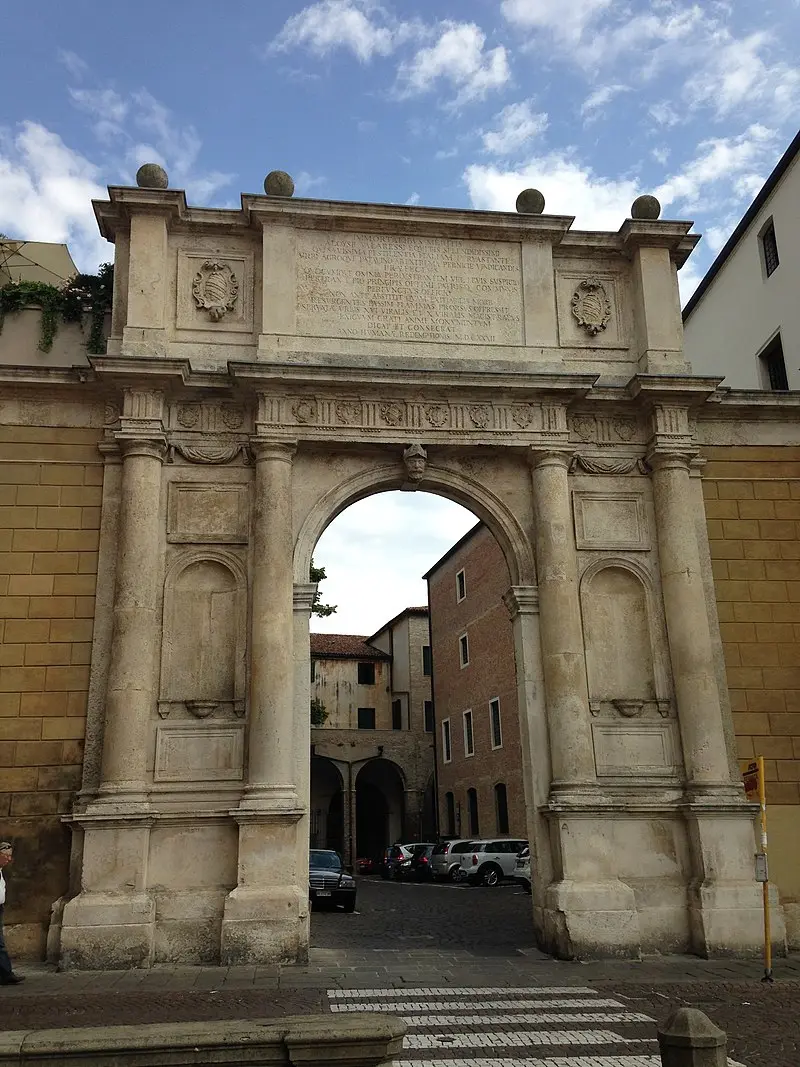
By 1632, the plague had loosened its grip, and Padua emerged, scarred but standing. Vallaresso's leadership had saved countless lives and the city itself. In gratitude, the Triumphal Arch was built, inscribed with a dedication that included 'immortalibus meritis' (immortal merits) to Vallaresso, recognizing his courage and decisive action. It wasn’t just a memorial; it was a reminder of how smart leadership and resilience had kept Padua from becoming another lost city to the plague.
